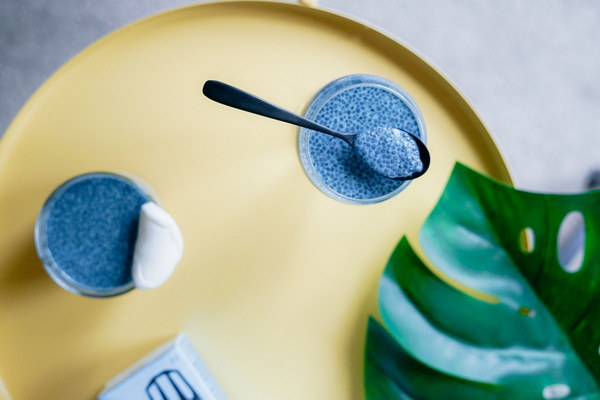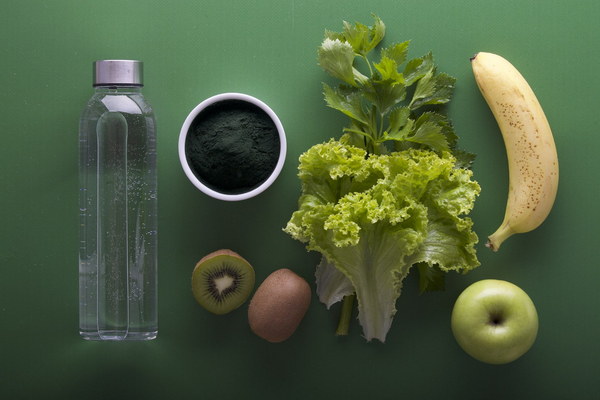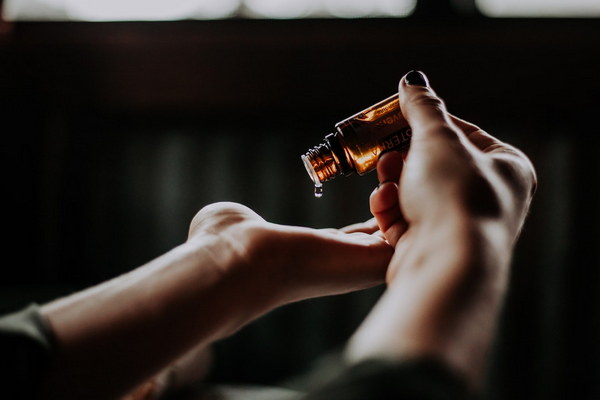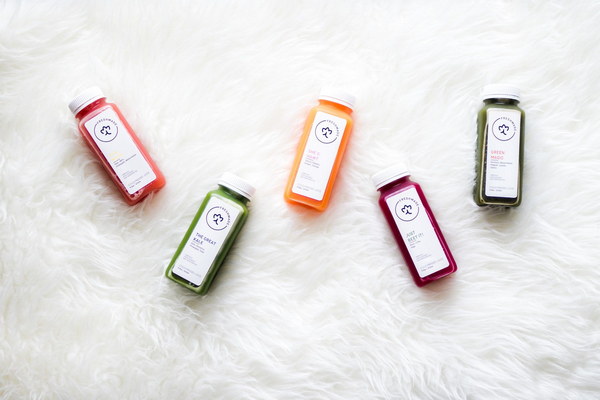Can SOD Topical Application Really Fight Aging
Introduction:

As we age, the signs of aging become increasingly visible on our skin. Wrinkles, fine lines, and age spots are just a few of the common indicators. While there are numerous anti-aging products on the market, one ingredient has been making waves in the skincare industry: Superoxide Dismutase (SOD). But can SOD topical application really fight aging? Let's delve into the topic and explore the potential benefits and drawbacks of using SOD in skincare.
What is SOD?
Superoxide Dismutase, or SOD, is an enzyme that plays a crucial role in protecting cells from oxidative stress. It does this by converting superoxide radicals into hydrogen peroxide and oxygen. This process helps to neutralize free radicals, which are unstable molecules that can cause damage to our cells and lead to aging.
Benefits of SOD Topical Application:
1. Antioxidant Properties: SOD has strong antioxidant properties, which help to combat the free radicals that contribute to aging. By neutralizing these harmful molecules, SOD can protect the skin from damage and maintain its youthful appearance.
2. Collagen Production: SOD has been found to stimulate the production of collagen, a protein that provides structure and elasticity to the skin. By promoting collagen synthesis, SOD can help to reduce the appearance of wrinkles and fine lines.
3. Protection Against UV Damage: Exposure to ultraviolet (UV) rays can lead to premature aging and an increased risk of skin cancer. SOD can help protect the skin from UV-induced damage by neutralizing the harmful free radicals produced by UV radiation.
4. Reduced Inflammation: SOD has anti-inflammatory properties, which can help to reduce redness and irritation in the skin. This can be particularly beneficial for those with sensitive or acne-prone skin.
Drawbacks of SOD Topical Application:
1. Limited Penetration: While SOD is a potent antioxidant, it may have difficulty penetrating the skin's surface. This means that the benefits of SOD topical application may be limited to the outermost layers of the skin, rather than reaching the deeper layers where aging occurs.
2. Cost: SOD is a naturally occurring enzyme found in certain plants and animals, but it can be expensive to extract and purify. This can make SOD-containing skincare products more costly than those without the ingredient.
3. Allergic Reactions: Some individuals may experience allergic reactions to SOD, particularly if the product contains other ingredients that may cause irritation.
Conclusion:
While SOD topical application may offer several potential benefits for anti-aging, it is essential to consider the drawbacks as well. While SOD has strong antioxidant properties and can stimulate collagen production, its ability to penetrate the skin's surface may be limited. Additionally, the cost and potential for allergic reactions should be taken into account when considering SOD-containing skincare products. Ultimately, it is important to consult with a dermatologist or skincare professional before incorporating SOD into your anti-aging routine.









